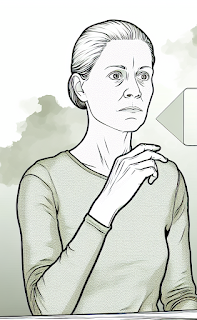The Power of Calm

The Power of Calm in the Face of Negativity Ai Generated photo Negative people are everywhere—at work, online, in families, and sometimes even within our closest circles. While we can’t always control their behavior, we can control how we respond. Remaining calm, being deliberate, and thinking through our reactions are powerful tools that protect our peace and reflect our character. Calm is not weakness; it is strength. When someone approaches us with anger, criticism, or passive-aggressive comments, the natural instinct is to react immediately. However, reacting emotionally often gives negativity more power. Calmness creates space between what is said and how we respond. In that space, we regain control of ourselves. A calm response can de-escalate tension, prevent unnecessary conflict, and keep us grounded in who we are. It give US the power to choose our own emotions not just let a random reaction cause trouble. Deliberate responses lead to better outcomes. B...
.jpg)










